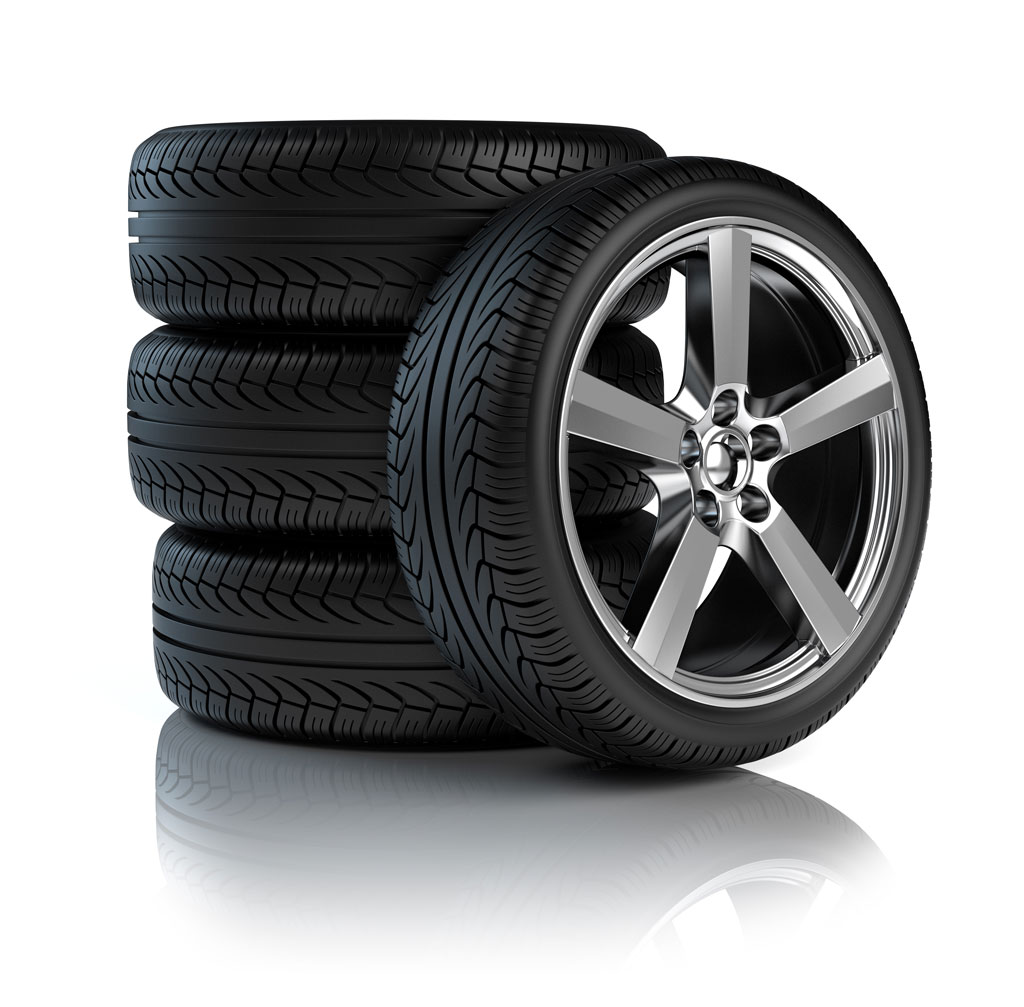Raise Your Ride: Trust Morris Tires for GMC Tires Service
Raise Your Ride: Trust Morris Tires for GMC Tires Service
Blog Article
Tire Service: The Impact of Climate Condition
When it comes to making sure ideal performance and safety on the road, understanding the impact of weather conditions on tire service is essential. GMC Tire Service. In this conversation, we will explore the detailed partnership between climate conditions and tire solution, losing light on the relevance of weather-specific tire upkeep methods and considerations.
Warm and Tire Performance
When subjected to high temperature levels, tires experience modifications in efficiency that can substantially impact vehicle safety and security and handling. The heat produced from long term driving or hot weather problems triggers the tire rubber to soften, leading to lowered tread life and increased wear.

Winter Results
Cold climate problems can have a significant effect on tire performance and security. As temperature levels decrease, tire rubber can harden, leading to lowered traction on icy or snow-covered roadways. In winter, tires may additionally lose air stress more rapidly, which can influence dealing with and fuel performance. In addition, cold temperature levels can create tire sidewalls to stiffen, increasing the threat of damage from craters or other road risks.
To alleviate the effects of winter on tires, it is critical to on a regular basis inspect tire stress and inflate them to the supplier's recommended levels. Making use of winter season or all-season tires designed for chilly weather condition problems can additionally improve traction and grip on icy or snowy roads. Proper tire maintenance, including regular evaluations for wear and damages, becomes much more essential during cooler months to make certain optimal performance and safety.
Rainy Issues Effect
During rainy conditions, tire performance and safety can be considerably influenced by the damp road surfaces and lowered presence. The step pattern of tires plays a crucial role in maintaining traction on damp roadways. Tires with damaged footsteps are a lot more prone to hydroplaning, where a layer gmc tire service of water develops between the roadway and the tire surface area, causing loss of grip. To combat this, vehicle drivers need to routinely inspect their tires for ample step depth and think about investing in tires especially made for damp problems.
Moreover, rainy climate can also lower exposure, making it challenging for drivers to see the roadway ahead plainly (GMC Tire Service). In such conditions, it is vital to adjust driving rates accordingly and keep a risk-free complying with range to allow for abrupt quits. Correctly inflated tires can also aid in keeping control on wet roads by giving better handling and grasp
Snow and Tire Safety And Security
Snow-covered roads position special difficulties for drivers, highlighting the relevance of correct tire selection and upkeep. When driving in snowy conditions, having the right tires can make a substantial distinction in security and efficiency. Winter tires are made with unique rubber substances and step patterns to provide better traction on snow and ice compared to all-season tires. The much deeper footsteps and sipes of wintertime tires assist hold the roadway much better, reducing the risk of moving and sliding.

Additionally, chauffeurs must think about installing tire chains in extreme snowy conditions. Tire chains give added traction by clutching the snow and ice, boosting stability and control. It is vital to comply with manufacturer guidelines when using and installing tire chains to stop damage to the tires and lorry (GMC Tire Service). By selecting the right tires, preserving proper inflation, and thinking about extra grip aids like tire chains, vehicle drivers can improve their safety and security when browsing snow-covered roads.
Weather-Related Tire Upkeep
Weather-related tire upkeep incorporates a variety of methods aimed at ensuring optimum tire feature and long life in different weather condition circumstances. One vital aspect of weather-related tire maintenance is tire stress policy. Checking tire tread consistently and replacing tires when step wear reaches a specific deepness is important for maintaining grip and security in negative weather.
Final Thought
In conclusion, weather condition problems have a significant influence on tire performance and safety. From heat influencing tire pressure and put on to cool weather minimizing traction, it is vital to consider the weather when preserving and making use of tires.
In this conversation, we will certainly explore the complex relationship between weather condition browse this site problems and tire solution, dropping light on the value of weather-specific tire upkeep techniques and considerations.

Report this page